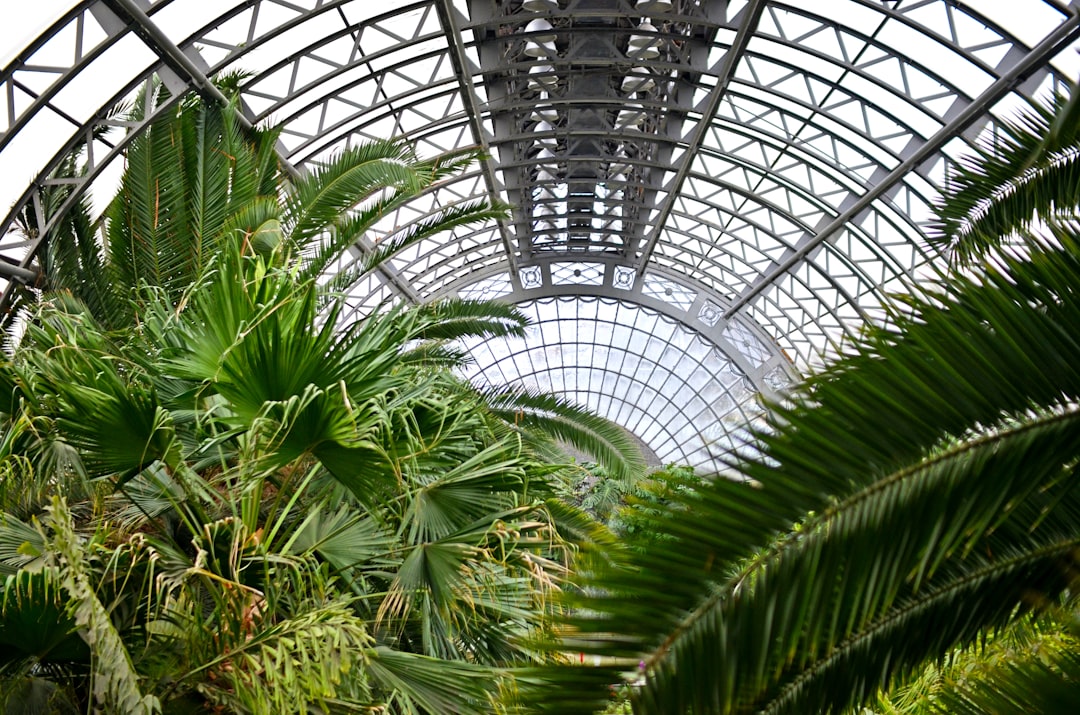Greenhouse gardening offers a controlled environment that maximizes the potential for plant growth. However, one of the most crucial aspects of maintaining healthy and productive plants is ensuring they receive the proper nutrients. Fertilization is key to accelerating growth, boosting yields, and keeping your plants vibrant and disease-free. In this post, we’ll explore how to fertilize greenhouse plants effectively and how to provide the right nutrients for optimal growth.
1. Understanding Plant Nutrient Requirements
Plants need a variety of nutrients to grow, which can be classified into two groups: macronutrients and micronutrients.
-
Macronutrients are required in larger quantities and include:
-
Nitrogen (N): Promotes healthy leaf and stem growth.
-
Phosphorus (P): Supports root development and flowering.
-
Potassium (K): Strengthens plant structure, improves resistance to disease, and supports fruit and flower development.
-
-
Micronutrients are needed in smaller amounts but are equally important. These include:
-
Iron (Fe): Essential for photosynthesis.
-
Manganese (Mn): Helps in the production of chlorophyll.
-
Zinc (Zn): Vital for plant growth and enzyme function.
-
Each plant has its specific needs based on its stage of growth, and the soil or growing medium in your greenhouse can have different nutrient profiles. This is why it's important to tailor your fertilization plan based on these factors.
2. Types of Fertilizers
There are two main types of fertilizers you can use in a greenhouse: organic and synthetic (inorganic).
-
Organic Fertilizers: These include compost, manure, fish emulsion, and worm castings. Organic fertilizers improve soil structure over time and provide a slow release of nutrients. They are less likely to cause nutrient imbalances but may need to be applied more frequently.
-
Synthetic Fertilizers: These provide a quick, concentrated source of nutrients. They can be tailored to specific plant needs and are often used for hydroponic systems or where rapid plant growth is desired. However, they can lead to nutrient imbalances if not used correctly.
3. Fertilizer Application Methods
How you apply fertilizer in your greenhouse can have a significant impact on plant health and growth rates. Here are some common application methods:
-
Top Dressing: This involves spreading dry fertilizer on the surface of the soil or growing medium. It is typically incorporated into the soil, which allows nutrients to be gradually released as the plant roots absorb them.
-
Fertigation: Fertilizing through irrigation, also known as fertigation, is a highly efficient method for delivering nutrients directly to the plant roots. This is especially useful in greenhouse systems with controlled watering schedules, such as hydroponics.
-
Foliar Feeding: This method involves spraying a diluted fertilizer solution directly onto the leaves of the plant. It’s an excellent way to address immediate nutrient deficiencies, particularly with micronutrients.
4. When to Fertilize
The timing of fertilization is just as important as the method. Over-fertilizing can lead to nutrient burn or imbalances, while under-fertilizing can stunt plant growth.
-
Vegetative Stage: During the early stages of growth, plants need more nitrogen to fuel leafy growth. At this stage, you can apply fertilizers with a higher nitrogen content.
-
Flowering and Fruiting: As plants move into their flowering and fruiting stages, they require more phosphorus and potassium to support blooming and fruit development. Switching to a fertilizer with a higher ratio of these nutrients can improve results.
-
Frequency of Fertilization: The frequency depends on the type of fertilizer used. Organic fertilizers generally need to be applied every 2-4 weeks, while synthetic fertilizers can be applied more frequently due to their quicker nutrient release.
5. Signs of Nutrient Deficiency or Excess
It’s essential to monitor your plants regularly for any signs of nutrient imbalance. Common symptoms include:
-
Yellowing leaves: Often a sign of nitrogen or iron deficiency.
-
Wilting and poor growth: Can indicate potassium or magnesium deficiencies.
-
Burnt leaf edges: This is often a result of over-fertilizing or excess salts in the soil.
-
Leaf curl or spots: Might point to a micronutrient deficiency, such as zinc or calcium.
By paying attention to these signs and adjusting your fertilizer regimen, you can keep your plants healthy and thriving.
6. Avoiding Fertilizer Runoff
In a greenhouse, fertilizer runoff can be a concern, particularly in hydroponic or container gardening systems. Excess fertilizer can leach into the surrounding environment, affecting water quality or leading to nutrient imbalances. To avoid this, ensure you apply fertilizers precisely, follow recommended dosages, and water your plants carefully to avoid over-saturation.
7. Conclusion
Fertilizing your greenhouse plants correctly is essential for promoting accelerated growth and ensuring long-term plant health. By understanding your plants' nutrient needs, choosing the right fertilizers, applying them at the correct times, and monitoring for deficiencies or excesses, you can help your greenhouse thrive year-round. Whether you're growing vegetables, flowers, or tropical plants, providing the right nutrients at the right time is a key ingredient in achieving abundant, healthy harvests.
Have you found a fertilization method that works best for your greenhouse? Share your tips in the comments!

Comments
No comments yet. Be the first to comment!
You must be logged in to comment. Login